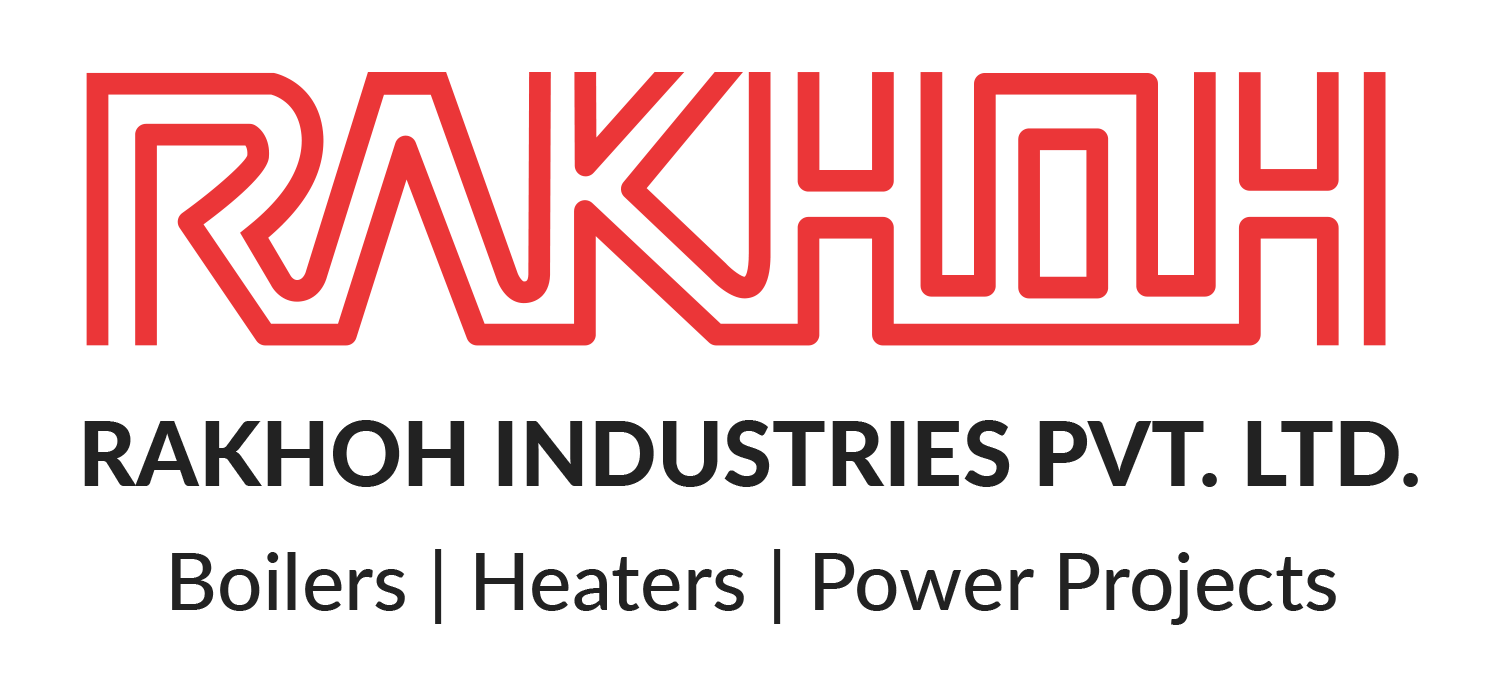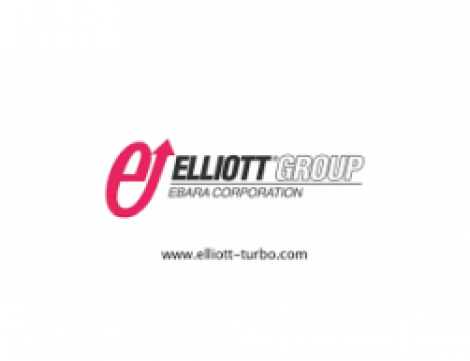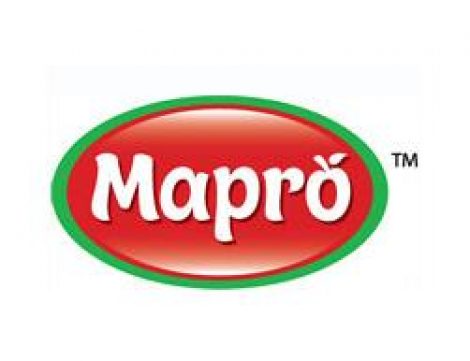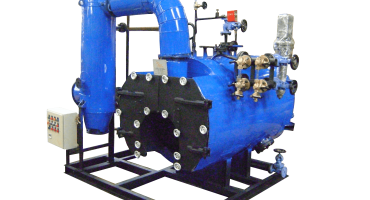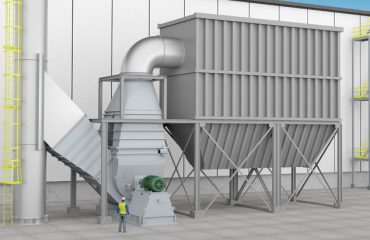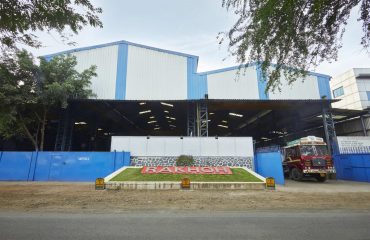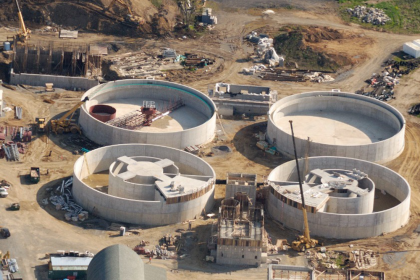
Safety valves are an integral part of steam boilers to ensure the safety of the boiler system and operating personnel. Valves in steam boilers are safety equipment that controls pressure and temperature. Processing plants usually use steam at lower pressures because steam at a low pressure leads to higher latent heat, increasing energy efficiency. As the steam pressure and temperature are related, the temperature is controlled by controlling the steam pressure. Lower steam pressure will also provide improved plant safety. Steam for process heating offers multiple benefits over other heating methods such as simplicity, high efficiency, and reliability. By regulating steam pressure and flow, the safety valve helps in increasing productivity and process efficiencies.
Types of Safety Valves in Steam Boilers:
Though most safety valves control steam flow, special service conditions exist with steam regarding temperature and pressure. The steam valves used most commonly are listed below,
Ball Valves:
Ball valves come with tight shut-off and predictable control. It includes a high range of use due to the regulating element design without the hindrance of side loads usually found in butterfly or globe valves. The benefits of ball valves are easy operation, high flow, high pressure, and high-temperature capabilities. Low cleanliness and the inability to handle slurries are the drawbacks of ball valves.
Butterfly Valves:
Butterfly valves control steam flow with a disk that turns on a diametrical axis in a pipe, or through two semicircular plates hinged on a common spindle that allows flow in only one direction. Butterfly valves are used as throttling valves for controlling flow and offer a rotary stem movement of 90 degrees or less with a compact design. Unlike ball valves, butterfly valves do not include pockets in which fluids and gas may become trapped when the valve is closed.
Globe Valves:
As the name suggests, globe valves are linear motion valves with round-shaped bodies. It is primarily used in industry to regulate fluid flow in both on/off and throttling services. The benefits of globe valves are precise throttling and control, as well as high-pressure limits. However, poor cleanliness is its major disadvantage.
Gate/Knife Valves:
Gate valves or knife valves are linear motion valves that provide a shut-off through a flat closure element sliding into the flow stream. Gate valves are generally classified into two types: parallel gate valves and wedge-shaped gate valves. Parallel gate valve uses a flat disc gate between two parallel seats upstream and downstream. Knife valves are similar but with a sharp edge on the bottom of the gate. The drawbacks of gate valves include pressure limitations, lack of cleanliness, and low shut-off.
Diaphragm Valves:
The diaphragm valve uses a pinching method to prevent the valve flow through a flexible diaphragm. One of the best advantages of diaphragm valves is that the components of the valve can be isolated from the process fluid, making it ideal for sanitary applications. The maximum temperature limit of the diaphragm valve is 450°F.
Plug Valve:
Similar to ball valves, plug valves are quarter-turn valves that consist of a plug that can either be in the cylindrical shape or conical shape. The plug also includes a through a slit that remains in line with the flow in the open condition. As the plug rotates by 90°, the slit becomes perpendicular to flow and results in valves getting closed.
Disc Check Valves:
Disc check valves are also known as non-return valves as it allows the flow to pass through only in one direction and stop the flow in another direction. Due to such unique quality, check valves are used in some critical applications in steam systems.
The four primary types of check valves are as follows:
Lift check valve:
Lift check valve function on the principle of gravity. As the fluid moves in the forward direction, the disc is lifted from the seat against the gravitational force by the incoming fluid force. Consequently, the valve allows the fluid to pass in the direction. When the fluid enters the opposite direction, it supports the gravity force and the disc remains on the seat, keeping the valve closed.
Swing check valve:
In the swing check valve, the disc swings around a point to which it is hinged. As the fluid moves in the forward direction, the disc swings in an open position that allows the passing of the fluid. With the fluid flow coming in the opposite direction, the disc swings and rests on the seat to lose it.
Spring-loaded check valves:
In spring-loaded check valves, tight shut-off is provided through a spring. The disc on the seat is held by the spring. The fluid should exert some pressure in the forward flow condition, called cracking pressure to open the disc against the spring pressure.
Diaphragm type check valve:
Diaphragm type check valve uses diaphragms arranged in a way that opens and allows the flow only in the forward direction. As the flow comes from the reverse direction, the diaphragms remain closed.
About Rakhoh Boilers:
Rakhoh Boilers has been a trusted boiler manufacturer since 1983, delivering a range of efficient and reliable steam boilers, waste heat recovery systems, thermic fluid heaters, and boiler accessories. We provide excellent boiler services to ensure optimal efficiency and productivity of the steam boilers to your clientele, spread over 26 countries worldwide.
For more information on our products and services, visit www.rakhoh.com
